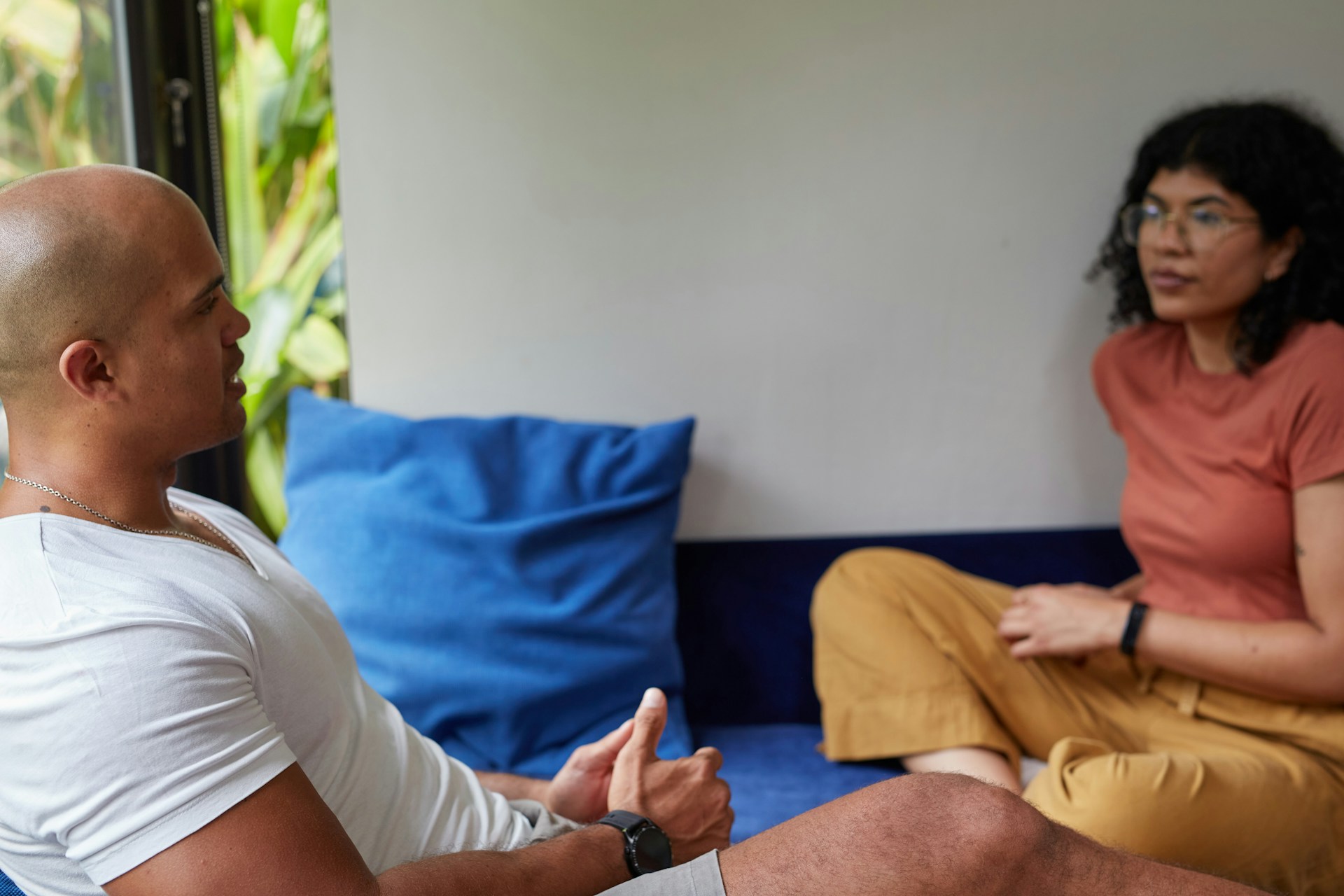[Alicia Davis] So would you like to make constructive feedback more constructive? If you do, we’d love to give you a couple of ideas about that, don’t we Stacie?
[Stacie Watson] Absolutely. This is part of our series on Effective Communication. And really understanding that the feedback part of effective communication can be tricky. It just can for all of us, whether we’re giving or receiving. And in our last video, we talked about sort of why it is difficult to both give and receive constructive feedback. And so today, I think we want to focus on the actual conversation itself.
[Alicia Davis] That’s right. That’s right.
[Stacie Watson] What can we do to make that conversation more constructive? And I think you have some thoughts about just even some of the nonverbal ways that we can approach that in the conversation. And then I have an article that we were kind of inspired by that I want to share as well.
[Alicia Davis] Yeah, for sure. I mean, I think it’s really about creating an environment where you and the other person can be as comfortable as possible, right? So you know, even being thoughtful about how you’re sitting how you’re sitting, or sitting across from one another, or versus across, you know, a desk that’s kind of blocking you, or even being thoughtful about how you are saying things, your tone of voice, right? Maybe even, you know, starting a conversation with just a quick check-in, you know, something that’s personal, right? How are you doing today? What’s happening? You know, like, how was your weekend? Something that’s personal, right? And so that it feels like… you’re trying to make yourself and the person as at ease as possible. Right, and then we get into the actual conversation, right? Focusing on the problem, not necessarily the person as well.
[Stacie Watson] Right? We were talking and I was just thinking of my word of the year connection, right? It’s like, how can I start off this conversation from a place of connection, and all of those things that you suggested are so powerful in terms of building that connection. You know, I was reading a Harvard Business Review article recently and it talked about some simple hacks for effective communication. And one of the sections in the article was about giving and receiving feedback. But the hack was the same no matter what the feedback, I mean, what kind of communication you were participating in. And they talked about what, so what, and now what. So the what is really what is the issue? What is the problem? Just really getting clear on that and I think sometimes that can be tricky. So for the leader, the manager to understand what exactly is the issue, and to be able to talk about that in a clear and concise way is really important. And then the so what is kind of the context? Why is this an issue? Right? Why does it matter that this did or didn’t happen the way that we had intended? And then the now what is so what are the steps we’re going to take or we’re going to ask you to take to do something different? And even just being that simple, yet clear, I think can go a long way toward constructive feedback for sure.
[Alicia Davis] Absolutely. And we’re gonna have a link in the newsletter here so that you can read the article and get some more information from that as well.
[Stacie Watson] Absolutely.
[Alicia Davis] If you have any questions, feel free to reach out to us. I’m Alicia Davis.
[Stacie Watson] I’m Stacie Watson.
[Alicia Davis] We are the co-owners of Transformative Leadership Strategies and shoot us an email at info@TLStransforms.com. DM us, we’d love to hear from you, and good luck with your constructive feedback. Take good care.
[Stacie Watson] Thank you.

